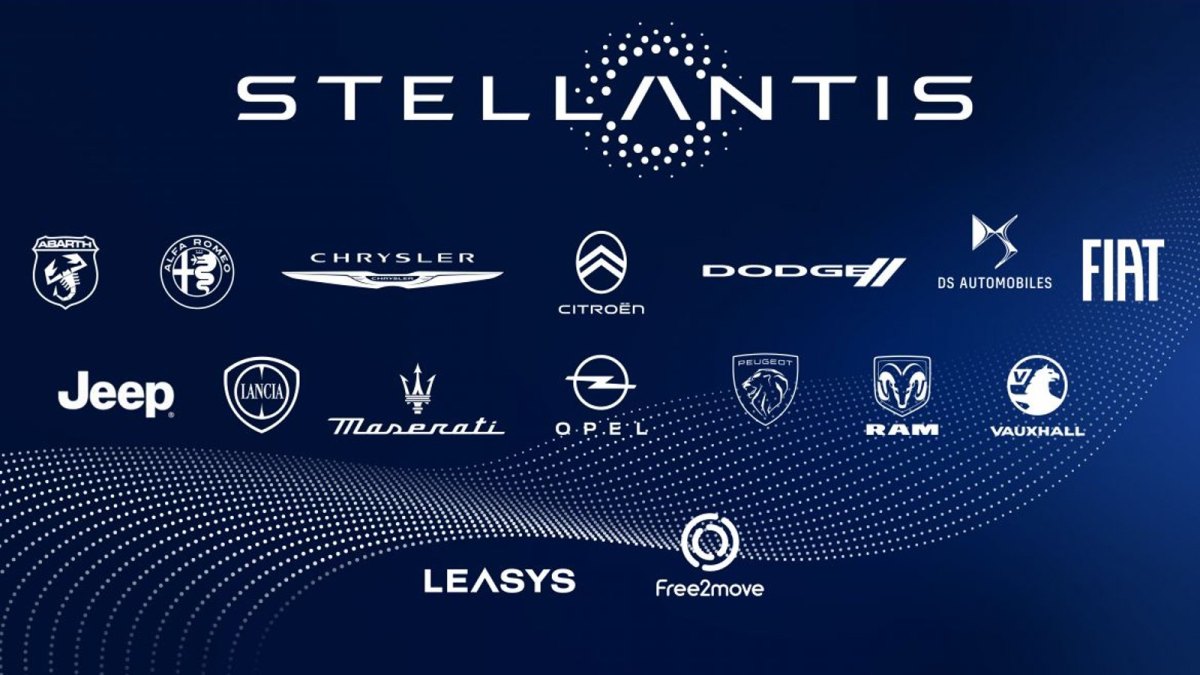Is Stellantis Too Big?
Stellantis, the multinational automotive company formed through the merger of Fiat Chrysler Automobiles and PSA Group, has quickly become one of the largest players in the global automotive industry. With 14 automotive brands under its umbrella, including popular names like Jeep, Ram, Peugeot, and Citroen, Stellantis is a force to be reckoned with in the automotive world. However, some industry experts and analysts are questioning whether Stellantis has become too big for its own good.
There are several reasons why some believe Stellantis may have grown beyond its optimal size. Firstly, the sheer number of brands under its control could potentially lead to operational inefficiencies and overlapping of products and services. With so many different brands and models, there is a risk of cannibalization within the company’s own portfolio, as well as confusion among consumers about the differentiation between the various brands. This could ultimately result in a dilution of the company’s overall brand value and reputation.
Secondly, as a larger entity, Stellantis may face challenges in maintaining agility and responsiveness to market changes and consumer demands. Smaller, more specialized companies may have the ability to pivot more quickly and adapt to industry trends, while a larger conglomerate like Stellantis may struggle to make swift decisions and implement changes across its vast organization. This could potentially hinder the company’s ability to stay competitive and innovative in an increasingly fast-paced and dynamic industry.
Furthermore, the complexity of managing such a large and diverse business could also lead to organizational and governance issues within Stellantis. With multiple brands and operations spread across different regions, there could be challenges in aligning strategies, coordinating efforts, and ensuring consistency in decision-making and execution. This could result in inefficiencies, conflicts, and suboptimal performance across the organization.
On the other hand, there are also arguments in favor of Stellantis’ size and scale. One of the biggest advantages of being a large company is the potential for economies of scale. With a wide-ranging portfolio and global presence, Stellantis may be able to leverage its size to negotiate better deals with suppliers, access new markets, and invest in research and development at a level that smaller companies cannot match. This could ultimately lead to cost savings, innovation, and competitive advantages for Stellantis.
Additionally, having a diverse portfolio of brands and products could provide Stellantis with a buffer against market fluctuations and changes in consumer preferences. While one brand or segment may experience challenges, others could continue to thrive, resulting in a more stable and resilient overall business. This diversification could also allow Stellantis to tap into different customer segments and market opportunities, reducing its reliance on any single brand or market.
In conclusion, whether Stellantis is too big is a complex and multifaceted question. While there are potential drawbacks to being such a large and diverse conglomerate, there are also significant advantages that come with scale. Ultimately, the success of Stellantis will depend on its ability to effectively manage and leverage its size and resources to remain competitive, innovative, and sustainable in the global automotive industry. Only time will tell if the company’s consolidation of brands and operations will prove to be a boon or a burden.
